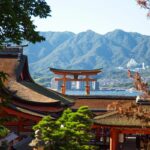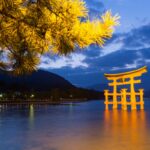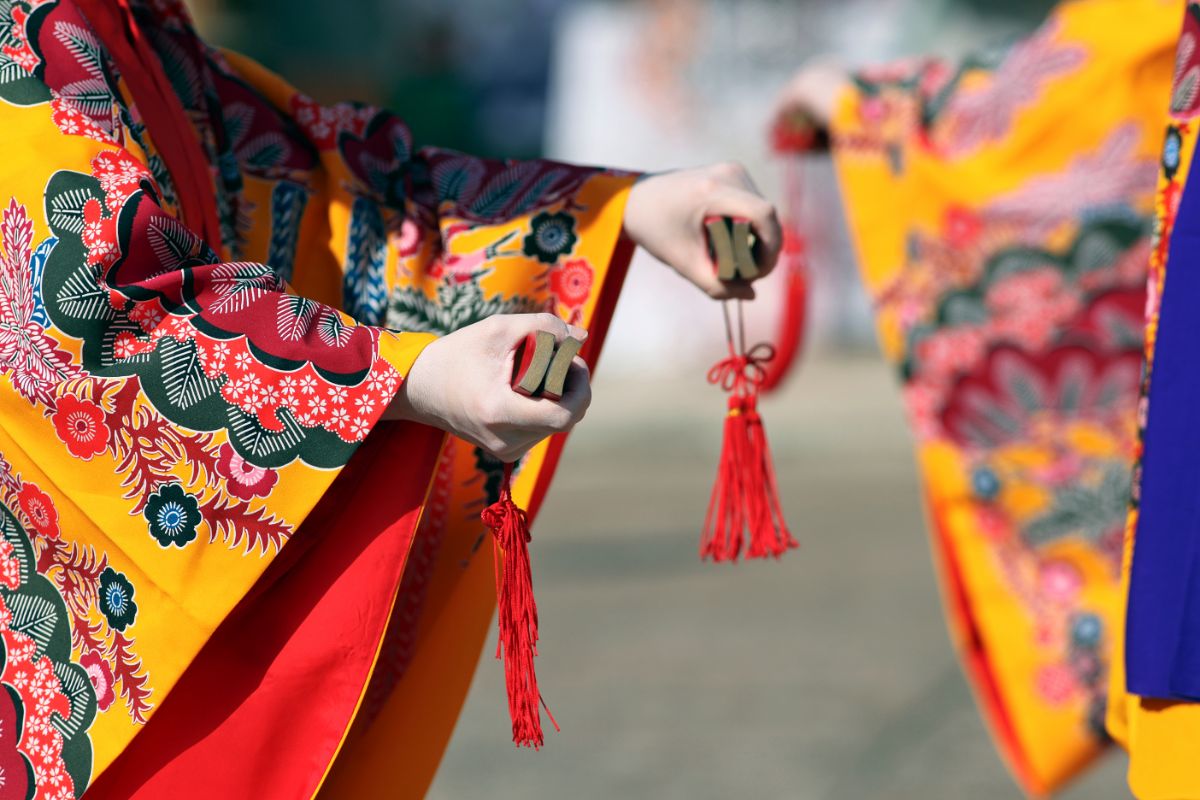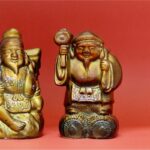Shinto is a religion that uses a lot of rituals, practices, and ceremonies. If you’ve ever been to Japan, you’ve no doubt noticed a huge variety of different Shinto shrines and temples, all of which are decorated with candles and alters.
The symbolism of these alters and the ceremonies that take place there are central to the religion, and many of them come from the sourcebook known as ‘The Kojiki.’
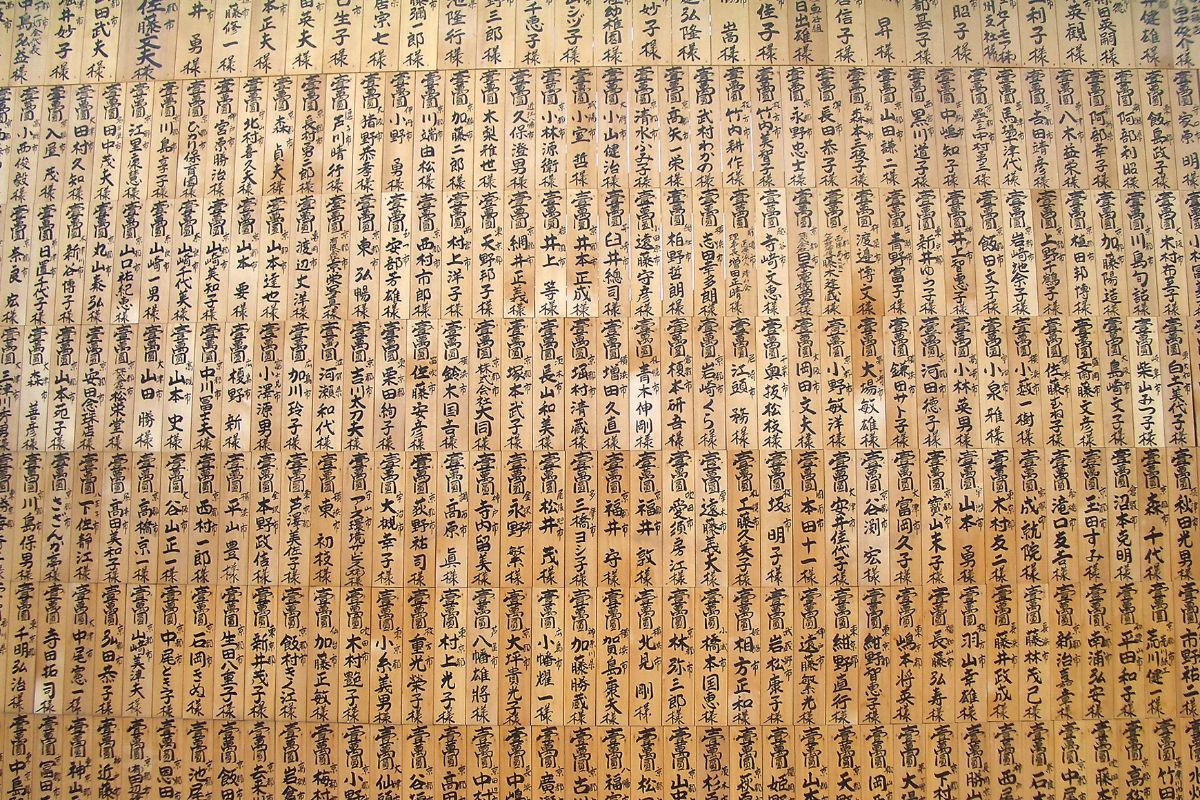
But what exactly is the Kojiki, and how important is it within the Shinto religion (see also ‘What Is Shinto? – Beliefs, Affirmations, And Practices‘)? If you want to know more about this, then don’t panic!
We’re going to break down exactly what the Kojiki is, and how it informs some of the most important practices within the Shinto Religion (see also ‘What Happens After Death In Shinto? – Understanding The Japanese Afterlife‘).
We’ve also included a short Frequently Asked Questions Section to help cover anything we may have missed.
What Is The Kojiki?
The Kojiki is widely known as the first written record in Japan and one of the central sacred texts in the Shinto religion (see also ‘Who Is The Founder Of Shinto? – Shintoism 101‘).
The Kojiki translates to ‘Records of Ancient Matters’ and it was written down in 712 after a long period of being passed down through oral tradition.
The reason it is one of the central books within Shinto is that it lays the foundation for a lot of the most common ceremonies and customs.
In some ways it is a guidebook, only it can’t quite be described as this as it also includes a huge variety of different legends and myths, as well as historical stories from the Imperial Court of Japan.
Because of its age, and its vast variety of knowledge, it has inspired almost all of modern Shinto practises and traditions. The mythology contained within the book forms the basis for a lot of Shinto philosophy and life lessons used within its teachings.
The book’s age means that it is not written in the modern version of Japanese. Instead, it was written with old Chinese characters that reference Japanese sounds.
The Kojiki has not been changed all that much since its original recording, but there was an annotated version created in the 16th century that offered further interpretation.
How Was The Kojiki Composed?
Because of its age, the exact authorship of the Kojiki is not known, however, it is believed to be a compilation of many different stories and teachings.
Its origin is certainly from the Yamato Court of Japan and was most likely an attempted historical accounting for part of its conception.
There is some debate as to the purpose of the Kojiki, but since it is so intertwined with the Yamato Court, it is likely that it was compiled as a way to define their role as leaders of the country.
For example, the Kojiki safely places the Yamato bloodlines within many important events in Japanese folklore and history (see also ‘What Is The Shikigami? – Origins, Influences, And Cultural Impact‘). Perhaps it was used as a way to solidify their power and place them in the cultural narrative as heroic and legendary figures.
It may also have been compiled as a way to create a definitive identity for the nation since at the time there was much conflict and invasions from other parts of the world.
Short Structure Of The Kojiki
In this section, we’re going to give you a quick overview of what is contained within the Kojiki. We’ll make sure to quickly summarize each section, in order to give you a good understanding of what happens throughout.
Preface: the story starts with a preface that explains how this work will lay out genealogies of important imperial families and why the language is the way it is within the book.
The First Volume
(The First Volume of The Kojiki is mostly concerned with creation myths and the bloodline of the gods. It features entirely mythological stories that have been passed down through generations.)
- The Beginning of Heaven and Earth: This explains the creation of heaven and earth, and explains how the Heavenly Kami shaped the earth.
- The Birth of The Gods: Explains the story of Izanagi and Izanami who give birth to new gods.
- Amaterasu and Susanoo: Explains the story of their children and their story.
- Okuninushi: Shows the progression of their bloodline and the story of Onamuji-no-Kami.
- The Subjugation of Ashihara-no-Nakatsukuni: This shows the story of how this region was subjugated by the Kami and changed.
- The Descent of Ninihi, The Heavenly Grandson: Another story about an important member of their bloodline.
- Hoori: The story of two brothers.
- Ugayafukiaezu: The next part of Hoori’s story.
The Second Volume
The second part of the story is broken up into accounts of various emperors throughout time. Each part of the story is a mixture of mythology and genuine historical accounts.
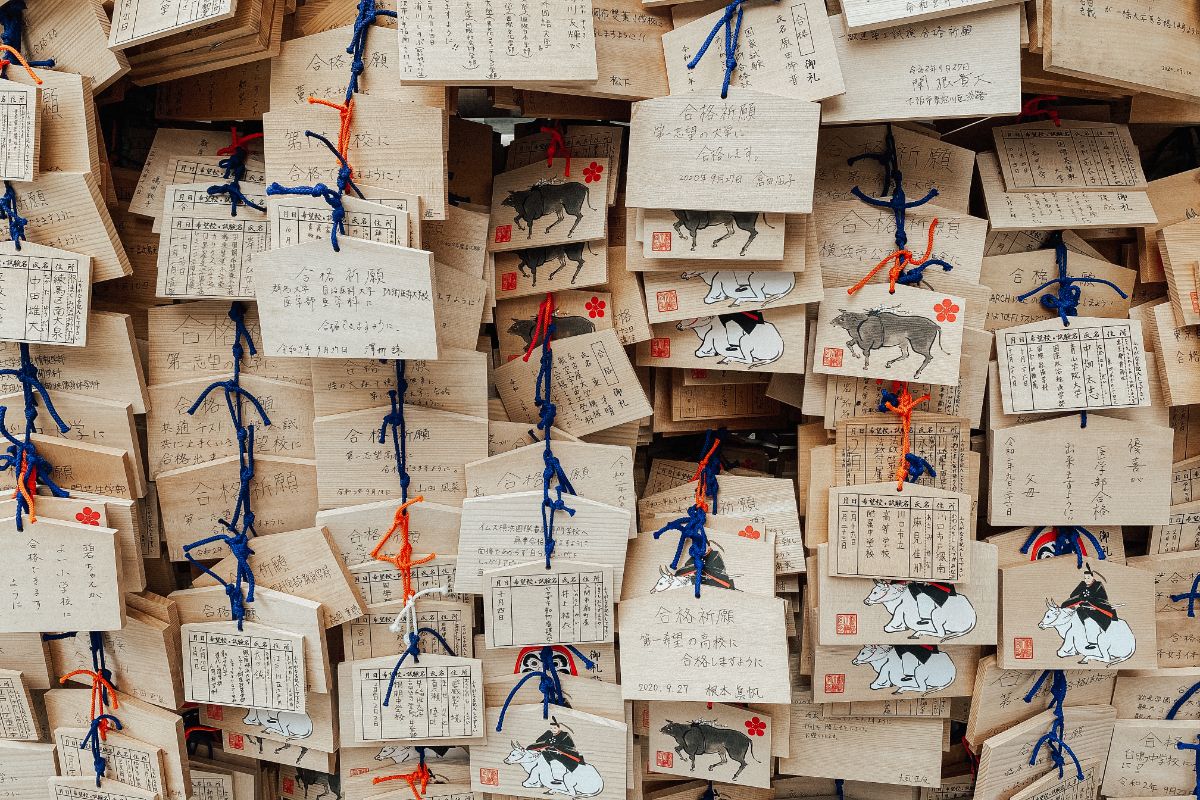
The Final Volume
Like the Second Volume, this shows the path of emperors throughout time, ending with an account of the reign of Empress Suiko.
Final Thoughts
The Kojiki is a vital text within the Shinto religion that blends historical accounts with mythology and includes some of the most important cultural guidelines in all of Japanese literature.
It is one of the oldest Japanese texts and is widely regarded as sacred for followers of the Shinto religion. It is a complex text and has been studied by scholars of Eastern Literature for a long time. However, we hope that this article has helped explain the basics to you.
If you still have some questions, make sure to keep reading for our extensive Frequently Asked Questions below. We hope you enjoy learning more about Japanese religion, literature, and culture!
What Is The Most Important Shinto Concept?
Although this can be a difficult thing to pin down, there is generally an undercurrent of optimism within the Shinto religion. It is believed that there is no such thing as good or evil humans.
Humans are believed to be fundamentally good creatures, and any evil action they may do is caused by evil spirits. This is one of the main reasons why ceremonies are so important within the religion—as it allows evil spirits to be warded off.
What Are The Kami?
The Kami within the Shinto religion (and wider Japanese Folklore) are considered to be gods or god-like beings. They are most similar to something you’ll in either ancient India and Hinduism, or the Pantheon from Ancient Greek Mythology.
There are many Kami and their bloodline is eventually passed down to humans.
What Is The Purpose Of Life For People In The Shinto Religion?
Shinto Religious Philosophy has a lot to do with finding balance in one’s own life. Rituals and routine are important, as well as sticking close to one’s community and family.
Many different Kami are worshipped and this is usually determined by the community or family the person is born into.
What Language Was The Kojiki Written In?
The Kojiki was written in Chinese as there was no modern or ancient Japanese script to write i.
However, the Chinese language is used to mimic the way that Japanese people would speak, making it a good middle ground between the language and an important text for linguists.
- How Much Money Can You Make Teaching English in Japan? - December 12, 2022
- The Best Places to Teach English in Japan - December 9, 2022
- The Best Credentials for Teaching English in Japan - December 8, 2022



